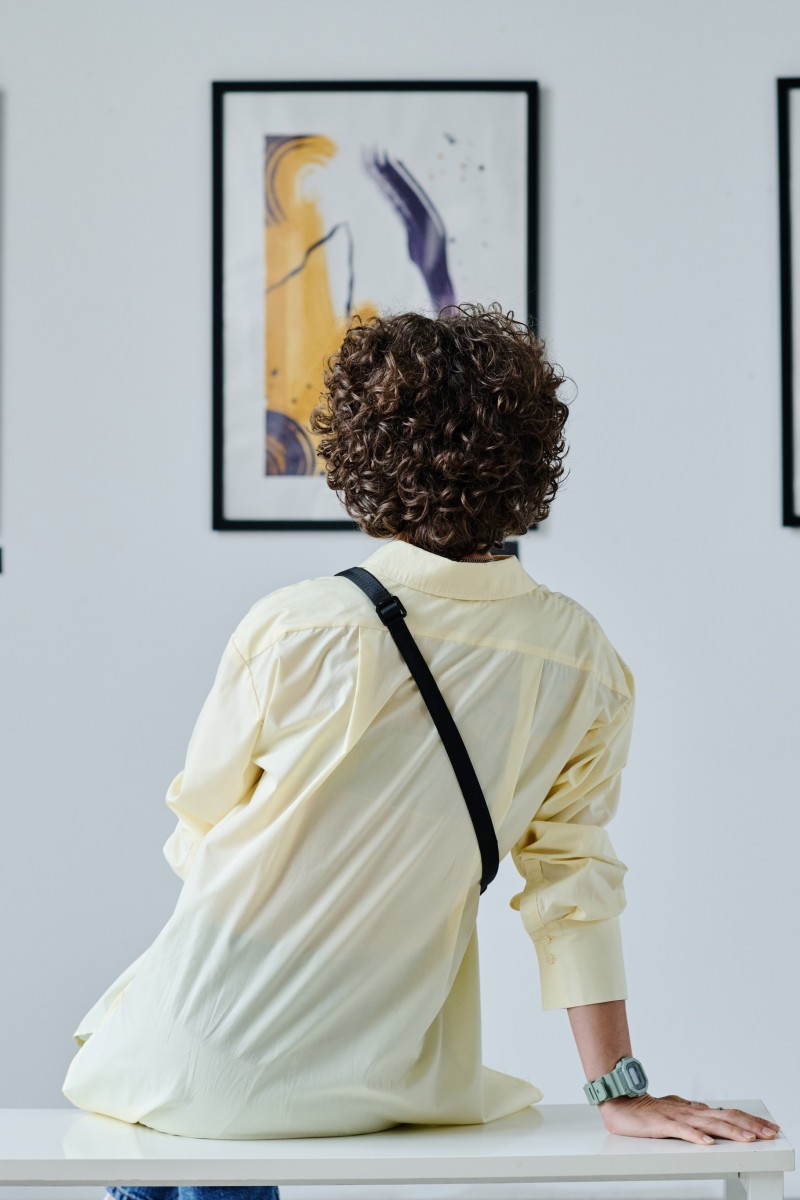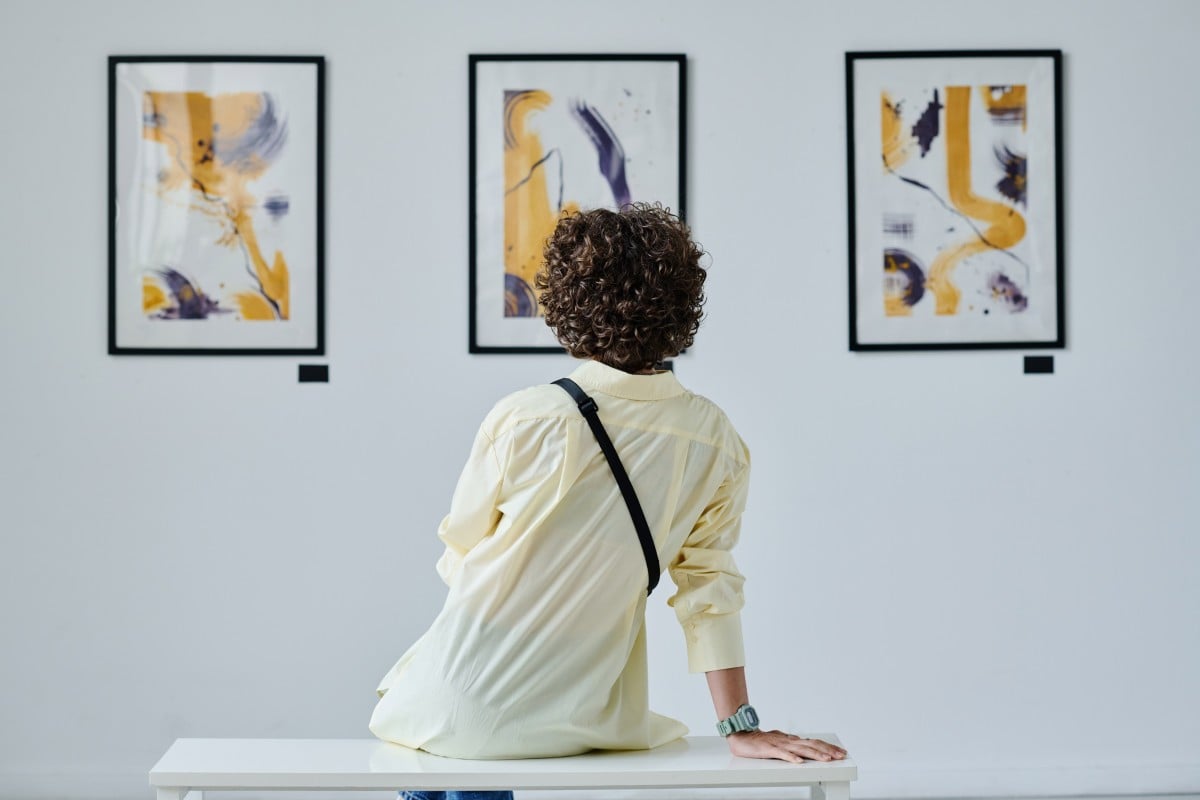
Study Buddy (Challenger): Free museum visits help stressed and sick in Swiss town
This page is for students who want to take their reading comprehension to the next level with difficult vocabulary and questions to test their inference skills
 Neuchâtel, a town in Switzerland, is offering an interesting form of therapy for its ill and anxious residents – free museum visits. Photo: Shutterstock
Neuchâtel, a town in Switzerland, is offering an interesting form of therapy for its ill and anxious residents – free museum visits. Photo: ShutterstockContent provided by British Council
Read the following text, and answer questions 1-9 below:
[1] The world’s woes got you down? Need a little something extra to fight illness? The Swiss town of Neuchâtel is offering its residents a novel medical option: expose yourself to art as therapy and get a doctor’s note to do it for free.
[2] Under a new two-year pilot project, local and regional authorities are covering the costs of “museum prescriptions” issued by doctors who believe their patients could benefit from visits to any of the town’s four museums.
[3] The project is based on a 2019 World Health Organization (WHO) report, which found art can boost mental health, reduce the effects of trauma and lower the risk of cognitive decline, frailty and “premature mortality”, among other upsides.
[4] Art can help relax the mind as a sort of preventive medicine. And visiting museums requires getting up and out of the house, which means physical activity like walking and standing for long periods. Neuchâtel council member Julie Courcier Delafontaine said so far, about 500 prescriptions have been distributed to doctors around town. She also said the programme costs “very little”; 10 thousand Swiss francs (HK$91,800).
[5] If it is successful, local officials could expand the programme to other artistic activities like theatre or dance, Courcier Delafontaine said. The Swiss national healthcare system does not cover “culture as a means of therapy”, but she hopes it might one day if the results are positive enough.
[6] Marianne de Reynier Nevsky, the cultural mediation manager in the town of roughly 46,000, helped devise the programme. She said it was built on an idea that had been rolled out at the Montreal Museum of Fine Arts in Canada. Many types of patients could benefit, she said, such as “a person with depression, a person who has trouble walking, a person with a chronic illness”.
[7] Dr Marc-Olivier Sauvain, head of surgery at the Neuchâtel Hospital Network, said he had already prescribed museum visits to two patients to help them get in better shape before a planned operation. He focuses on patients who admit they have lost the habit of going out. “It’s wishful thinking to think that telling them to go walk or go for a stroll to improve their fitness level before surgery [will work]. I think that these patients will fully benefit from museum prescriptions. We’ll give them a chance to get physical and intellectual exercise,” Sauvain said.
[8] Some museum-goers see the upsides, too. “I think it’s a great idea,” said Carla Fragniere Filliger, a poet and retired teacher, during a visit to the ethnography museum. “There should be prescriptions for all the museums in the world.”
Source: Associated Press, March 27
Questions
1. Based on your understanding of paragraph 1, why does the writer use the word “novel” to describe the treatment?
2. How much do patients have to pay for the museum trips according to paragraph 2, and why? (2 marks)
3. Paragraph 3 describes …
A. the positive effects of engaging with the arts.
B. the historical background of using art for therapeutic purposes.
C. the specific mental health condition being treated with art therapy.
D. the effect of one art form on an individual.
4. What does paragraph 4 suggest about art?
A. It requires intense physical exertion that can be detrimental to some individuals.
B. Its benefits are limited to physical well-being and do not affect psychological well-being.
C. It can be used as a proactive measure to support an individual’s mental health.
D. It is mainly effective in treating existing mental illnesses rather than preventing them.
5. What do the “results” in paragraph 5 refer to?
6. According to paragraph 6, what inspired Nevsky and her team to create the art therapy programme?
7. Based on your understanding of paragraph 6, what is the purpose of mentioning different types of patients who can benefit from the art therapy programme?
8. Find a phrase in paragraph 7 that refers to “an unrealistic or overly optimistic belief”.
9. According to paragraph 7, Fragniere is most likely to …
A. advocate that museum visits should only be prescribed for certain illnesses.
B. suggest that museum staff be trained as medical professionals.
C. disagree with doctors suggesting museum visits to their patients.
D. none of the above
Answers
1. because it is unusual and different to typical medical practices (accept all similar answers)
2. Patients do not have to pay because museum trips are covered by local and regional authorities.
3. A
4. C
5. the programme’s beneficial effects on participants (accept all reasonable answers)
6. A similar idea that rolled out at the Montreal Museum of Fine Arts, in Canada.
7. to show how the programme can benefit a diverse group of people experiencing a range of health issues – including both mental and physical conditions (accept all similar answers)
8. wishful thinking
9. D
